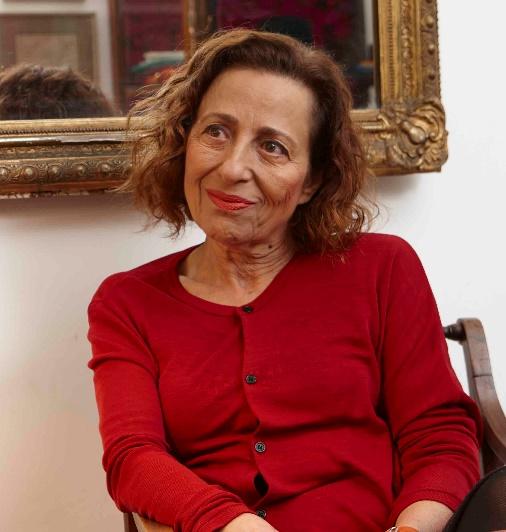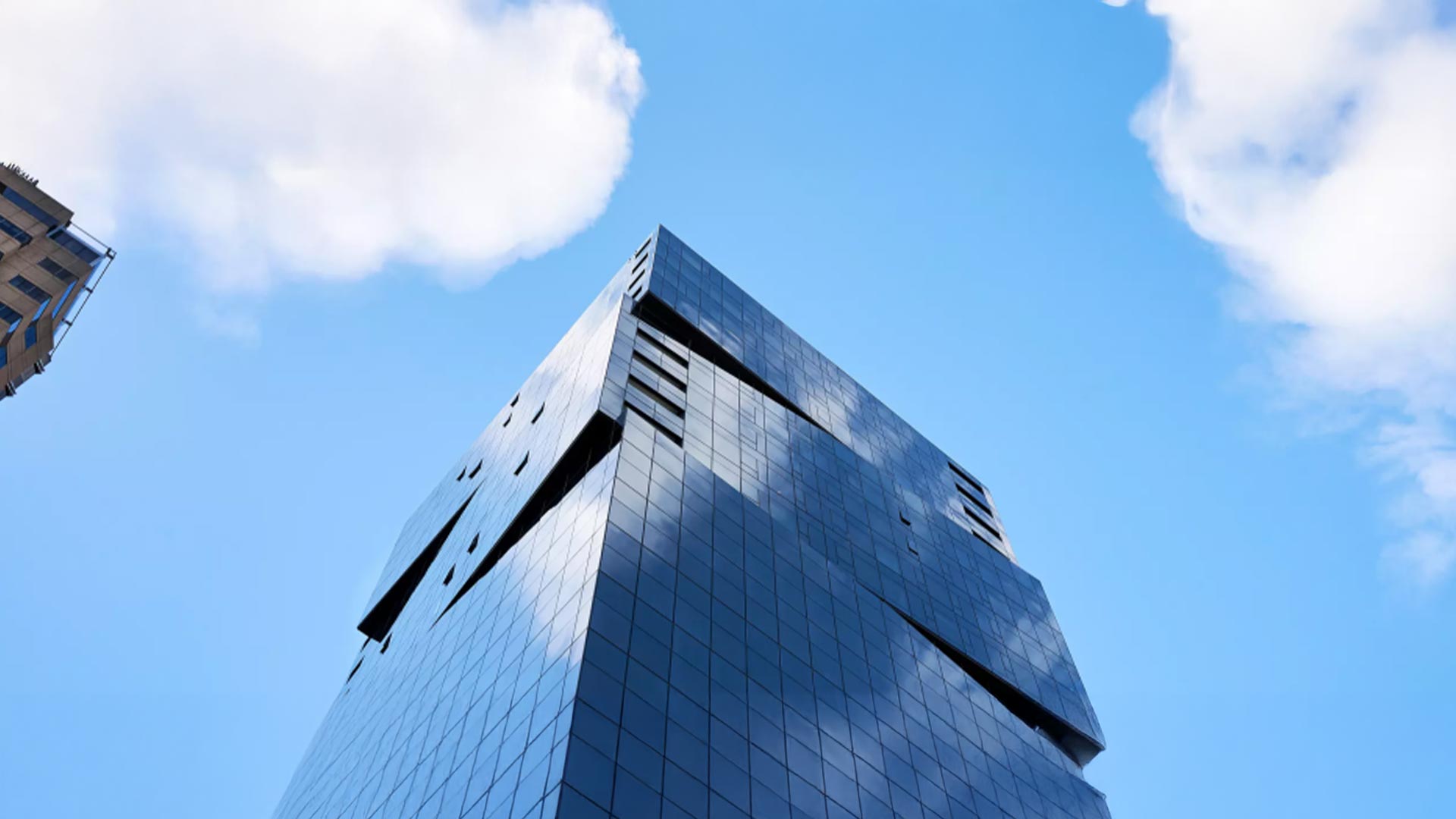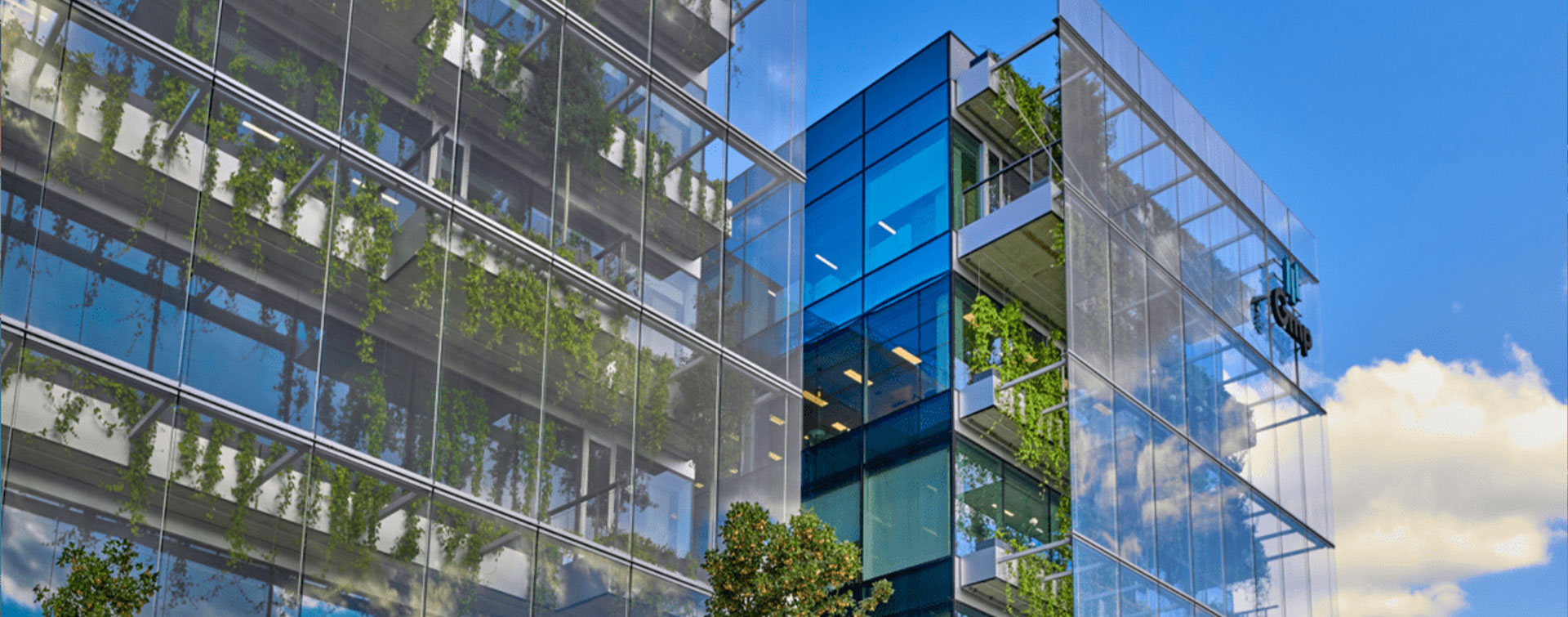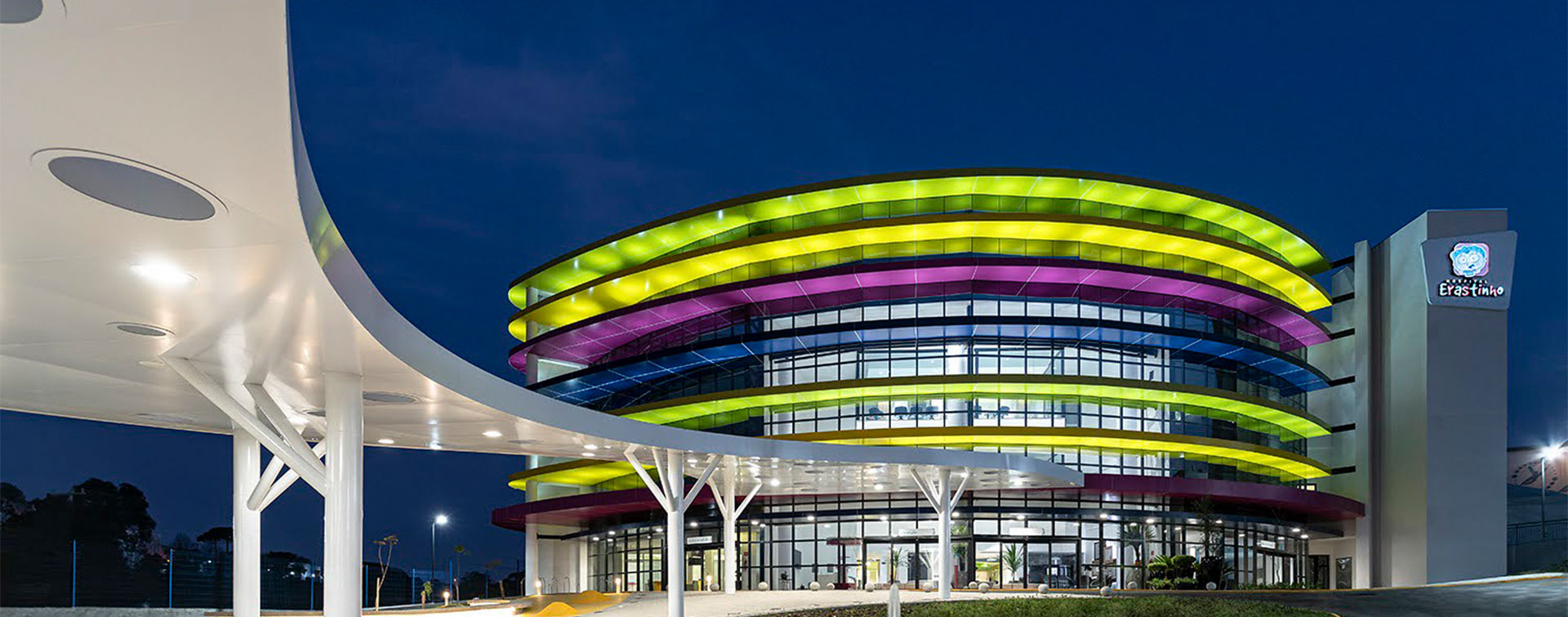 8 min
8 min
Faced with the destruction of cities and infrastructure in the Middle East, what are the first steps to be taken to initiate resilient reconstruction?
The destruction of cities initially targets infrastructure, to paralyze the operation of electricity, sewage and water networks and services. Essentially the main target is the historic fabric and monuments, to destroy the cultural heritage of the place.
In this context, the first step in reconstruction is resilience: identify and assess the extent and quality of the damage. Once this has been evaluated, we implement emergency and safety measures, since bombed or collapse buildings are dangerous and at high risk of collapse. Clear away the rubble and sort the materials for recycling. Sometimes a structure is so fragile and precarious that it cannot be restored and must be pulled down before rebuilding.
For example, at the Quʿaiti Sultan’s Palace in Al Qatin (Yemen), where all the ceilings had collapsed after successive seasonal rain floods, when we started working in 2022 it took four months to clear the rubble, consolidate the structure, install shoring and scaffolding to stabilize the damaged structure and remaining ceilings before reconstruction and restoration could be considered. Safety measures like this require a specialized team of master builders. The renovation work, that continued after 2024, is also based on local techniques using sun-dried mud-brick construction and lime damp proofing. Resilience is achieved by drawing on local know-how of the master builders and craftsmen including communities in the rebuilding recovery process.
Given the urgency, is it possible to rebuild quickly while maintaining a sustainable approach?
Yes, if we rely on local resources and methods. In different regions, I’ve seen how natural materials such as earth, stone, shale and bricks can facilitate recycling and efficient reconstruction. In Siwa, Egypt, bricks made from salt mud are used, perfectly suited to the arid climate of the oasis. In Yemen, depending on the region, we use stone, rammed earth or mudbricks. In the High Atlas Mountains of Morocco, the kasbahs are built of rammed earth, and in Algeria the same technique is used in building the ksour in the Sahara. These techniques are the legacy of a heritage shared through the ancient trade caravan routes. The great trade routes that crossed the desert, linking Arabia, North Africa via Egypt, and enabled the exchange and circulation of goods while also spreading ideas, architectural knowledge and techniques.
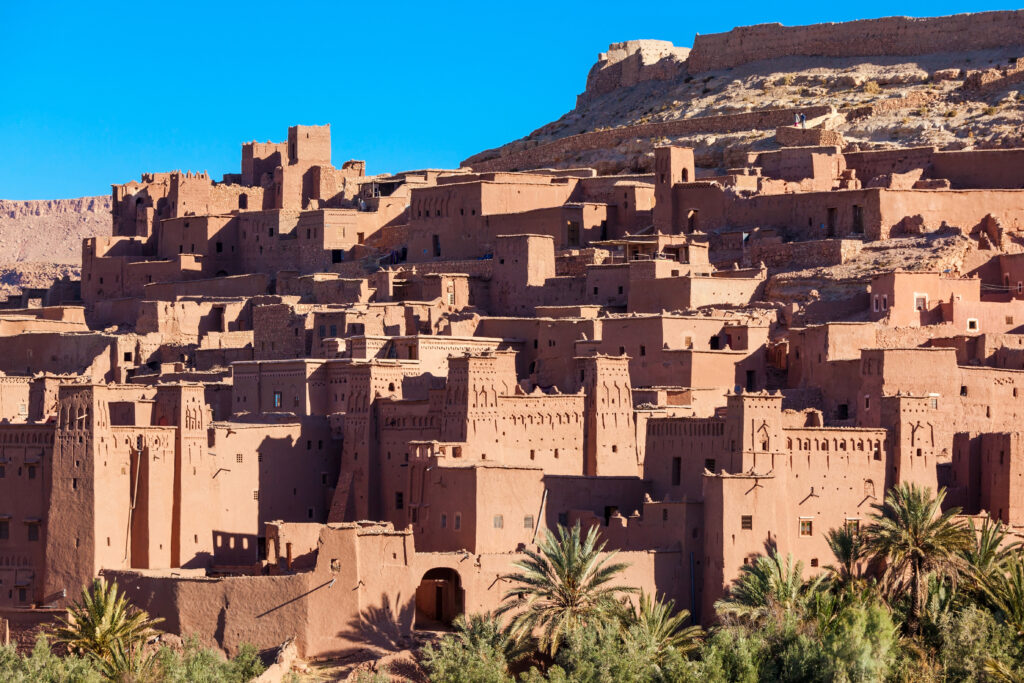
Can traditional techniques interact with modern innovations?
Yes, this is already happening. As early as the 1950s-1960s in Iraq, modern architects were incorporating local materials and crafts inspired by the vernacular in contemporary architecture projects. Today, innovations including 3D mud-brick printing are introducing new perspectives, but the essential concept remains the accumulated intelligence regarding construction techniques: thick walls, natural ventilation (windcatchers), interior courtyards, etc. In the field, we pass on these techniques in workshops, and to architects. The incorporation of tradition in modernity makes it possible to innovate while ensuring efficiency and sustainability.
Can reconstruction be envisaged without taking the surrounding environment into account?
No, because it’s not just lives and towns that are destroyed in war zones, it is also the environment. Farms, agricultural land, parks and gardens are wiped out. In this case, we work with landscape architects and environmental expertise to regenerate the soil as well. Take the example of the city of Shibam in Yemen, a UNESCO World Heritage Site. Earning the sobriquet ‘Manhattan of the Desert’, the city a cluster of tower buildings eight storeys high is evidence of the genius and mastery of using sun dried mud brick. But the city couldn’t exist without the cultivation of the surrounding agriculture, which provides sustainability, climate cover and a balanced ecosystem for the urban fabric and community. I’ve seen in Beirut what happens when the environment is eradicated by wars and exploitation the demise of green and open spaces in favor of real estate speculation has impacted the urban climate irreversibly. Wherever we work, we need to treat and heed the environment before rebuilding a sustainable life for people and nature alike. Architecture on its own is no longer viable or liveable if the surrounding environment is excluded.
What is the role of the local people in these rehabilitation processes?
Construction is a continuous process, especially when working with the environment. Nothing is put on hold: training residents in local techniques and recycling existing materials is often quicker and more effective than importing industrial solutions. With the Earth Architecture Lab, a London-based foundation I set up in 2021, we’re focused on training young architects to pass on these skills, and techniques to become a real force for rebuilding, even in emergency situations. In Somalia, for example, we are developing designs for housing displaced persons on arid land. These refugee camps are supposed to be temporary but invariably become permanent: we need to go beyond tents or portacabins to offer suitable, dignified accommodation. In this place, there are no facilities for sanitary systems, sewers, access to water and no farming land. Our first step is thus to study how to revive agriculture: any land can be cultivated if water is made available. Our teams work in parallel on water storage, permaculture, sanitation and the design of habitats working with local culture and traditions. It is this approach, centered on training and response to the context, that enables sustainable, rapid and appropriate recovery for the communities in construction.
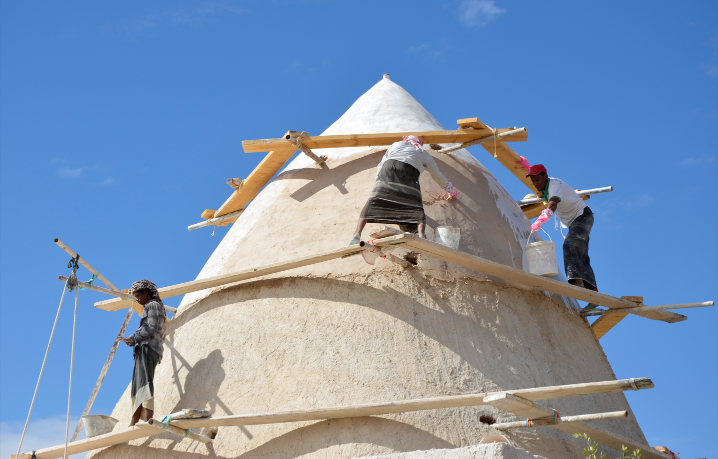
The Al Habib Abu Bakr domes are emblematic of the Hadramout region of Yemen and demonstrate the richness of the mud brick architectural heritage. Result of close collaboration between our team at Dawan Mud Brick Architecture Foundation and the local community, this project is a true experimental laboratory, where the use of local materials, the transmission of skills and knowledge by master builders and craftsmen, with the active involvement of local residents, including training young architects and volunteers in situ, are at the heart of our sustainable approach. An approach that is informed by cultural identity to strengthen the community's resilience in confronting natural disasters and climate change. ©Salma Samar Damluji
You are on the jury for the Global Award for Sustainable ArchitectureTM. Why did you choose to become associated with this award?
The Global Award for Sustainable Architecture™ is a resourceful community, both rich and diverse. It’s an essential springboard for architects committed to innovative alternative solutions. It empowers exchanging and sharing practical expertise and sustainable approaches adapted in different cultures and environs, creating a dialogue that is absent in the profession. For me, it was the recognition and endorsement of my projects and school of thought that challenged the profession by working with alternative earth architecture.
Also read :
The 5 Laureates of the 2025 Global Award for Sustainable Architecture™
Global Award for Sustainable Architecture™Should architecture undergo a revolution?






